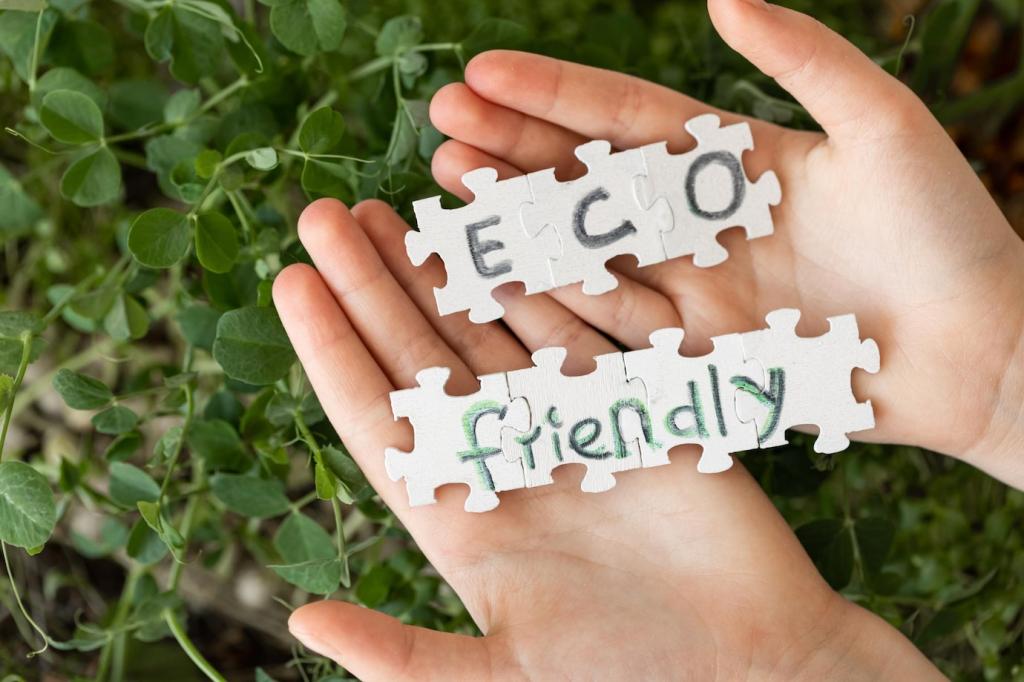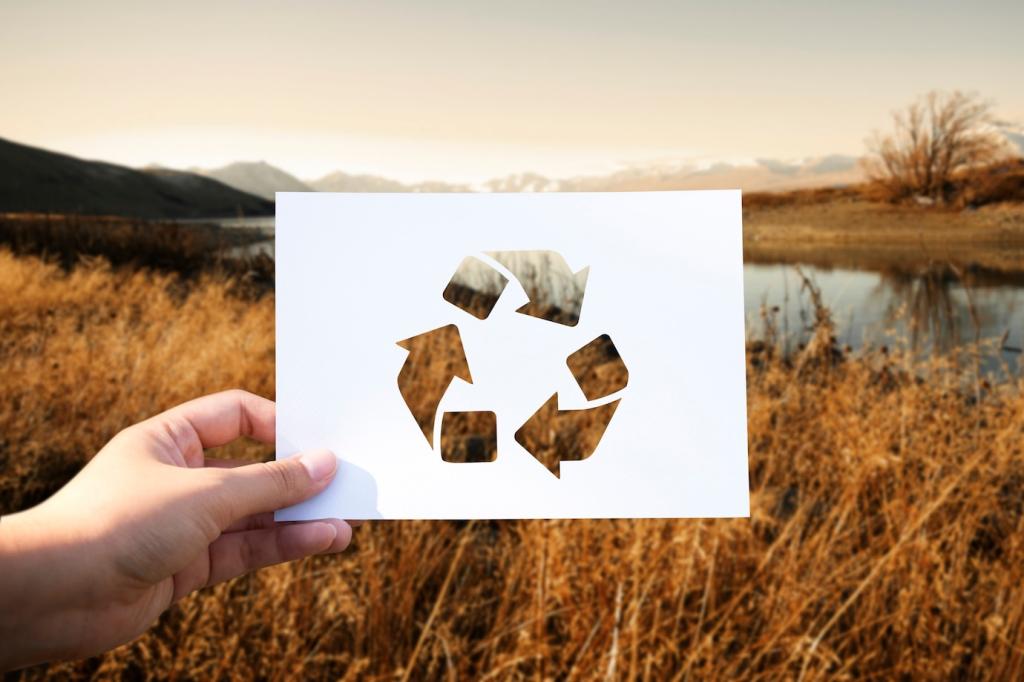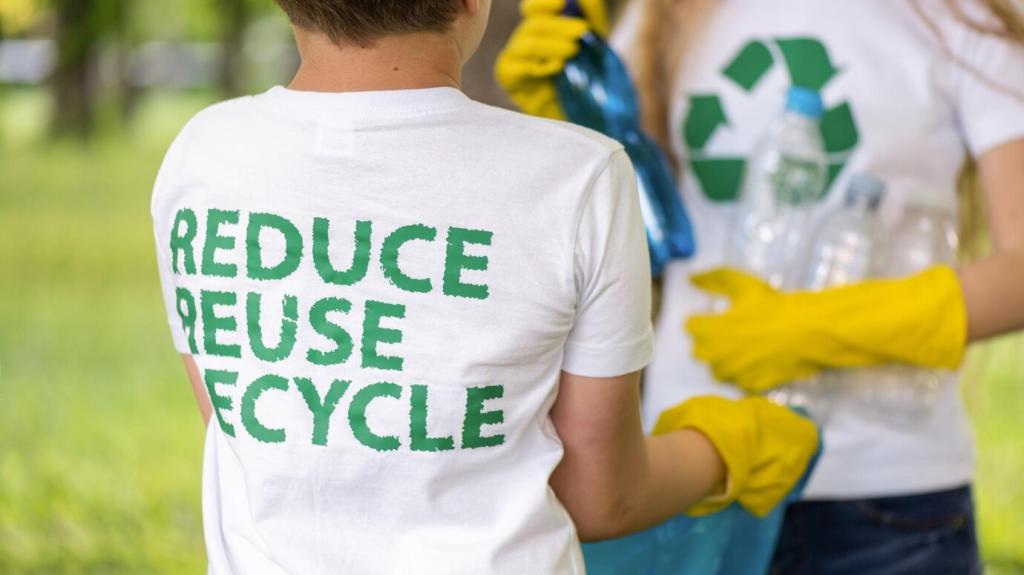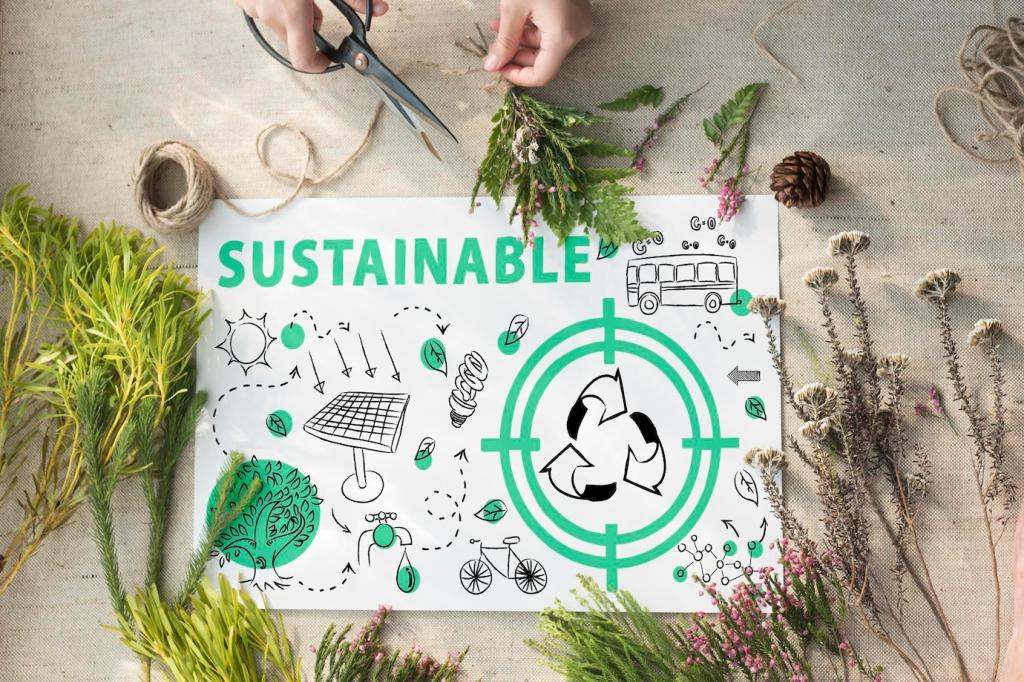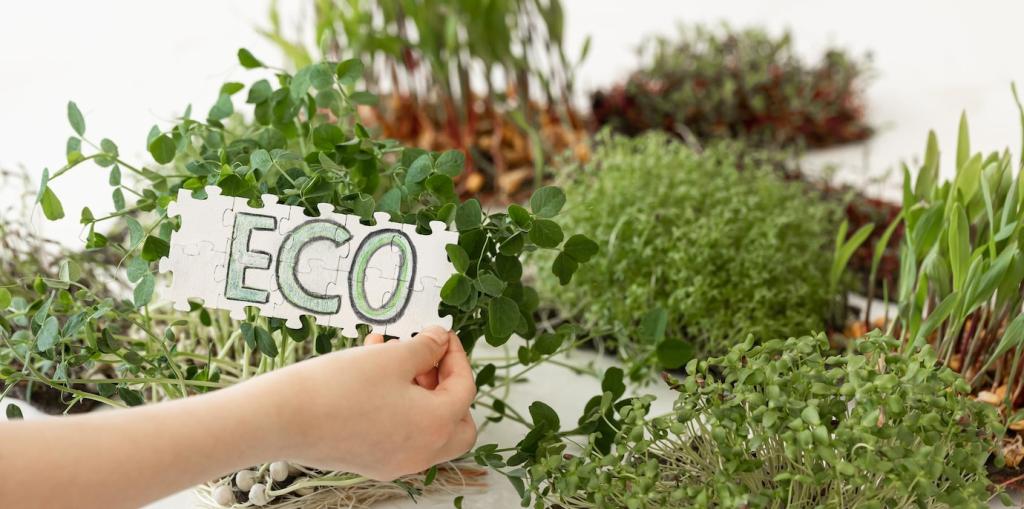Plant-Based Oils and Waxes That Endure
Pure tung oil polymerizes into a tough, water-resistant network that highlights figure with a mellow glow. Apply thin coats, allow proper oxygen-rich curing, and gently burnish between applications. Share your tung oil success stories or curing puzzles in the comments to help others learn.
Plant-Based Oils and Waxes That Endure
Heat-treated linseed oil cures faster and yellows less than traditional versions. Wipe on sparingly, wait for tack to fade, then buff to an even sheen. The result is a resilient, repairable finish that ages gracefully and can be refreshed without sanding to bare wood.


